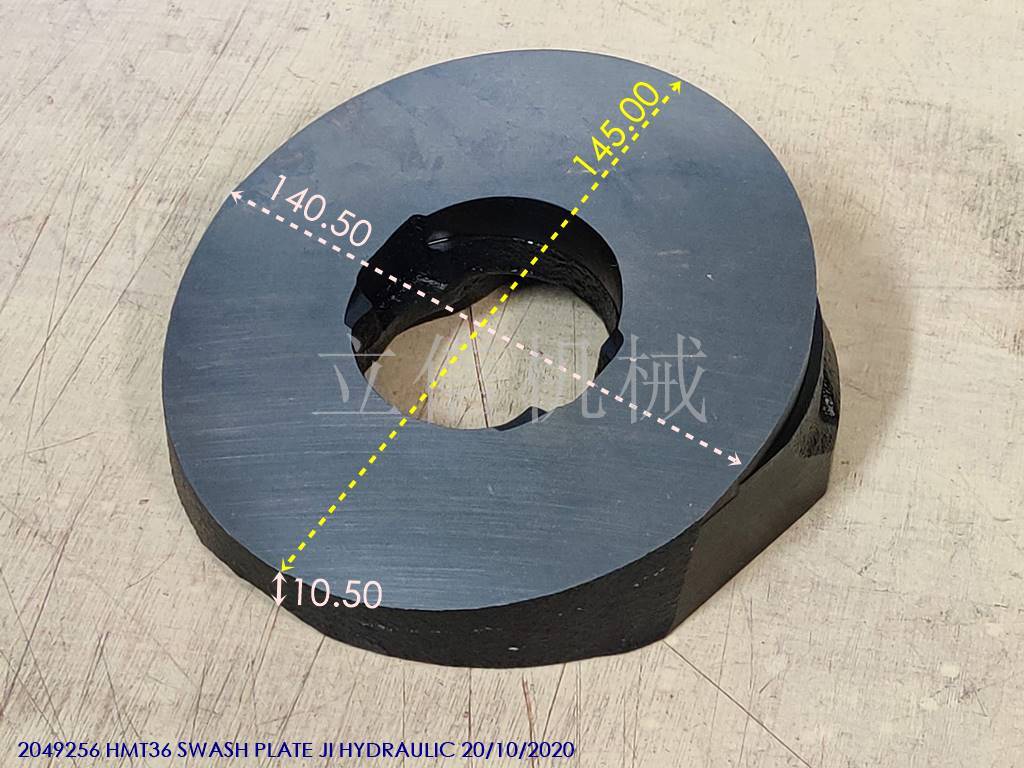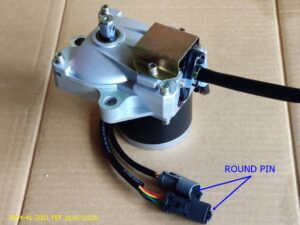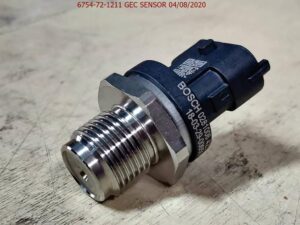The swash plate is an important component in a hydraulic pump system of an excavator, especially in variable displacement pumps. It plays a key role in controlling fluid flow and pressure for the machine’s hydraulic functions. Here are five key functions of the excavator swash plate:
- Control of Displacement: The swash plate is responsible for adjusting the displacement of the hydraulic pump. By tilting at different angles, it controls how much hydraulic fluid is pumped into the system, enabling the variation in flow and pressure depending on the load.
- Flow Direction Regulation: The swash plate helps regulate the direction of hydraulic fluid flow. It shifts the flow of hydraulic fluid to the necessary areas of the system, directing it to components such as the boom, arm, and bucket, depending on the operator’s inputs.
- Pressure Adjustment: The swash plate contributes to the adjustment of hydraulic pressure in the system. As the displacement changes, it controls the amount of fluid sent to various hydraulic functions, impacting the force and pressure used for tasks like digging or lifting.
- Efficient Power Distribution: By altering the displacement and adjusting flow, the swash plate helps optimize the distribution of power throughout the excavator’s hydraulic system. This ensures smooth and efficient operation, reducing energy consumption and preventing waste.
- Load Sensing: In combination with other components, the swash plate works as part of the load-sensing system to adjust the hydraulic pump’s output based on the actual load or force required. This ensures that the system operates efficiently and adapts to the demands of the task, reducing fuel consumption and improving performance.
In short, the excavator swash plate is crucial for controlling fluid displacement, adjusting hydraulic pressure, optimizing efficiency, and ensuring the system can handle varying loads effectively.




